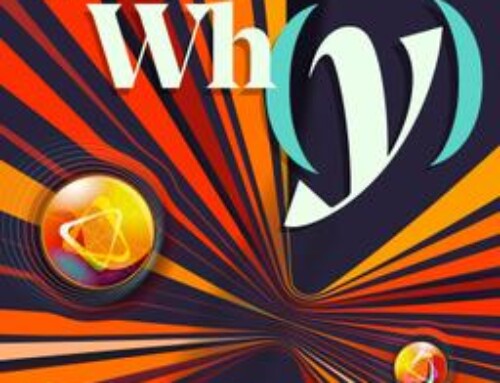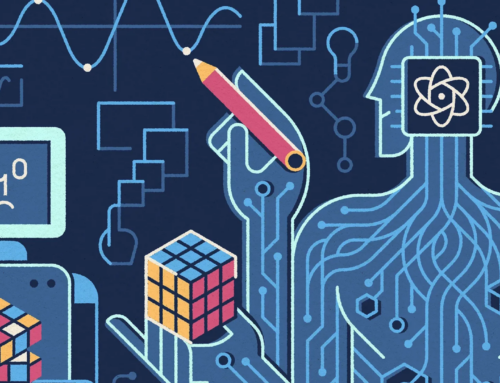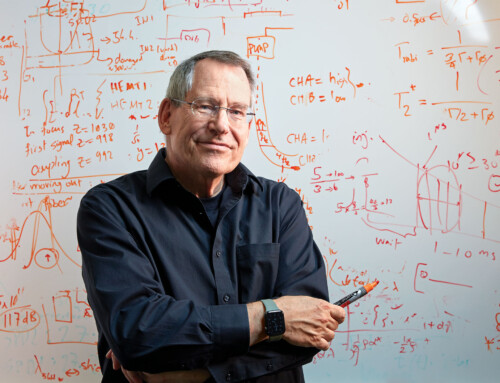Quantum computers of the future may ultimately outperform their classical counterparts to solve intractable problems in computer science, medicine, business, chemistry, physics, and other fields. But the machines are not there yet: They are riddled with inherent errors, which researchers are actively working to reduce. One way to study these errors is to use classical computers to simulate the quantum systems and verify their accuracy. The only catch is that as quantum machines become increasingly complex, running simulations of them on traditional computers would take years or longer.
Now, Caltech researchers have invented a new method by which classical computers can measure the error rates of quantum machines without having to fully simulate them. The team describes the method in a paper in the journal Nature.
“In a perfect world, we want to reduce these errors. That’s the dream of our field,” says Adam Shaw, a co-lead author of the study and a graduate student who works in the laboratory of Manuel Endres, professor of physics at Caltech. “But in the meantime, we need to better understand the errors facing our system, so we can work to mitigate them. That motivated us to come up with a new approach for estimating the success of our system.”
In the new study, the team performed experiments using a type of simple quantum computer known as a quantum simulator. Quantum simulators are more limited in scope than current rudimentary quantum computers and are tailored for specific tasks. The group’s simulator is made up of individually controlled Rydberg atoms—atoms in highly excited states—which they manipulate using lasers. Read the full Caltech Media story here.
Benchmarking highly entangled states on a 60-atom analog quantum simulator Adam L. Shaw, Zhuo Chen, Joonhee Choi, Daniel K. Mark, Pascal Scholl, Ran Finkelstein, Andreas Elben, Soonwon Choi, Manuel Endres . Nature 628, 71–77 (2024).
- Quantum systems have entered a competitive regime in which classical computers must make approximations to represent highly entangled quantum states1,2. However, in this beyond-classically-exact regime, fidelity comparisons between quantum and classical systems have so far been limited to digital quantum devices2,3,4,5, and it remains unsolved how to estimate the actual entanglement content of experiments6. Here, we perform fidelity benchmarking and mixed-state entanglement estimation with a 60-atom analogue Rydberg quantum simulator, reaching a high-entanglement entropy regime in which exact classical simulation becomes impractical. Our benchmarking protocol involves extrapolation from comparisons against an approximate classical algorithm, introduced here, with varying entanglement limits. We then develop and demonstrate an estimator of the experimental mixed-state entanglement6, finding our experiment is competitive with state-of-the-art digital quantum devices performing random circuit evolution2,3,4,5. Finally, we compare the experimental fidelity against that achieved by various approximate classical algorithms, and find that only the algorithm we introduce is able to keep pace with the experiment on the classical hardware we use. Our results enable a new model for evaluating the ability of both analogue and digital quantum devices to generate entanglement in the beyond-classically-exact regime, and highlight the evolving divide between quantum and classical systems.




